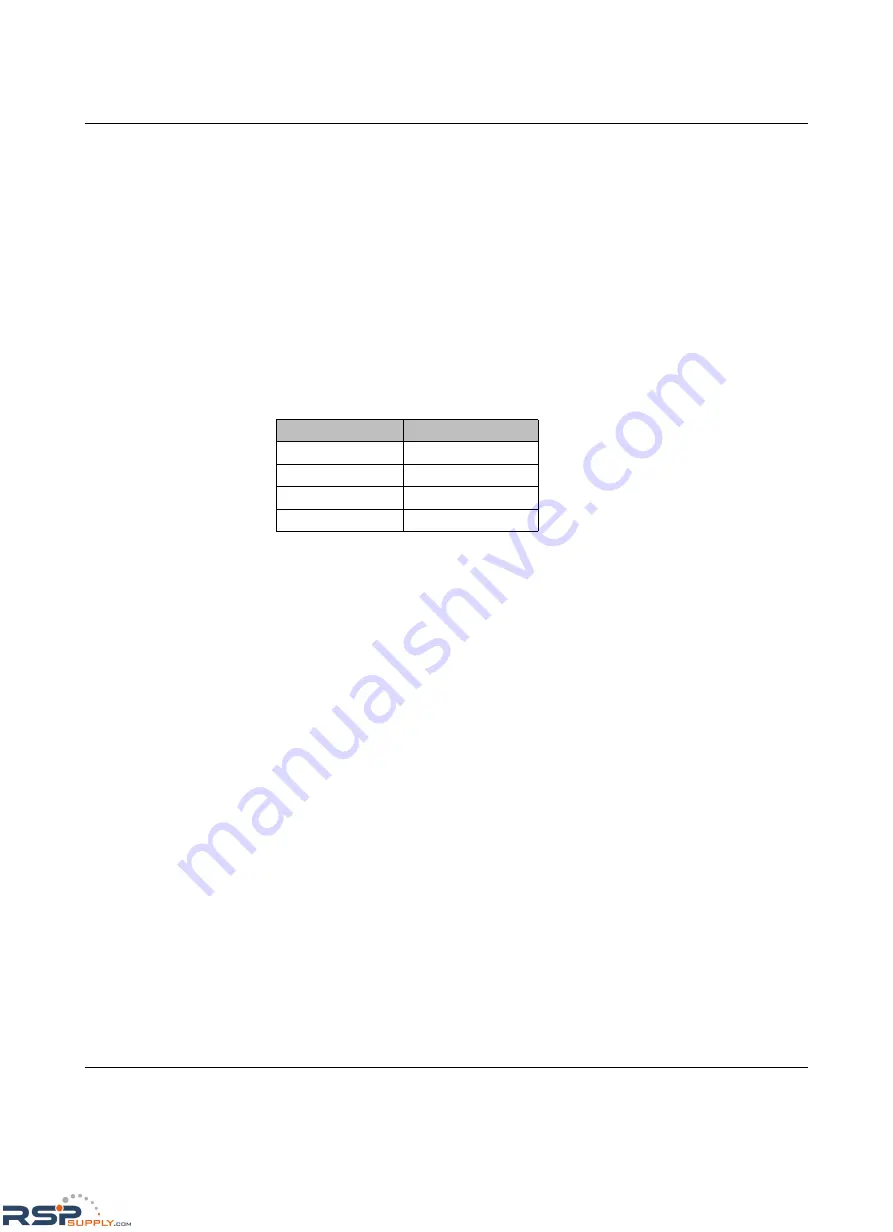
System Planning
2476_en_I
PHOENIX CONTACT
2-5
2.4.1
Coaxial Cable Considerations
The importance of using a low-loss antenna coaxial cable is often neglected during radio
installation. Using the wrong cable can cause huge reductions in efficiency, and these
losses cannot be recovered with any amount of antenna gain or transmitter power.
For every 3 dB of coaxial cable loss, half the transmitter power will be lost before reaching
the antenna. The choice of coaxial cable to use depends on: 1) the length of cable required
to reach the antenna, 2) the amount of signal loss that can be tolerated, and 3) cost
considerations. For long-range transmission paths, where signal is likely to be weaker, a
low-loss cable type is recommended.
For a short range system, or one that requires only a short antenna coaxial cable, a less
efficient cable may be acceptable, and will cost far less than large diameter cable. To judge
the effectiveness of various cables at 916 MHz, refer to Table 2-1.
2.4.2
Antenna Mounting Considerations
The antenna manufacturer’s installation instructions must be strictly followed for proper
operation of a directional or omnidirectional antenna. Using proper mounting hardware and
bracket ensures a secure mounting arrangement with no pattern distortion or de-tuning of
the antenna. The following recommendations apply to all antenna installations:
–
Mount the antenna in the clear, as far away as possible from obstructions such as
buildings, metal objects, dense foliage, etc. Choose a location that provides a clear
path in the direction of the opposite antenna. If the antenna is co-located with another
antenna, try to get at least 0.3 m (1 ft.) separation, either vertically or horizontally,
between the two.
–
Polarization of the antenna is important. Most systems use a vertically-polarized omni-
directional antenna at the master station. Therefore, the remote antennas must also be
vertically polarized (elements perpendicular to the horizon). Cross-polarization
between stations can cause a signal loss of 20 dB or more.
–
When installed indoors, the radio must be grounded. Rail-mount versions are grounded
through the mounting rail and a ground lug used on wall-mount versions. A surge
arrestor must be used on the antenna for outdoor installations.
Table 2-1
Cable Types and Signal Loss at 916 MHz
Cable Type
Loss (dB/100 ft.)
RG-58
16.5 dB
RG-213
7.6 dB
LMR 400
3.9 dB
LMR 600
2.5 dB
RSPSupply - 1-888-532-2706 - www.RSPSupply.com
http://www.RSPSupply.com/p-12970-Phoenix-Contact-2900016-Radio-900-MHz-Ethernet-Radio.aspx
















































